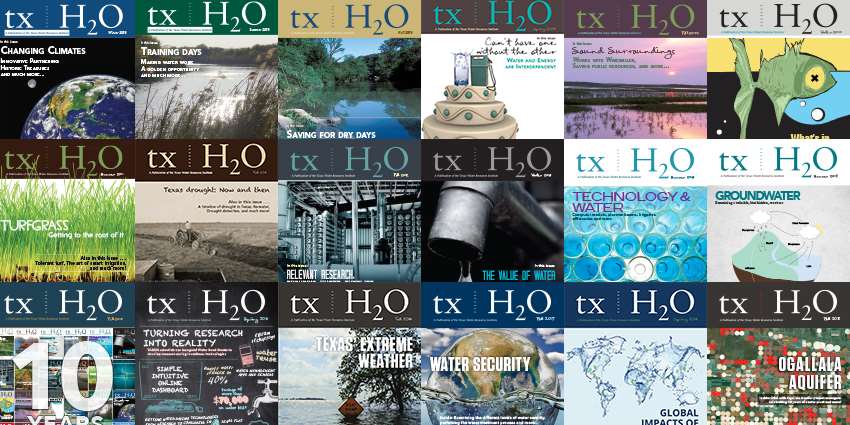With Texas’ decreasing water availability and increasing water demand, a growing number of water providers are using or considering water reuse, either direct or indirect, for drinking water.
In the spring 2016 issue of txH2O, TWRI published an article about scientists from the Texas A&M University System successfully demonstrating the feasibility of using electron beam, or eBeam, to treat wastewater for direct potable reuse. The article, The key to perfecting water reuse?, describes using eBeam radiation to remove pathogens such as salmonella, shigella and Hepatitis A virus and other pathogens, as well as estrogenic compounds and two emerging pollutants.
According to the article, using eBeam technology could eliminate some of the traditional steps in wastewater treatment, such as chlorination, ozone and UV. eBeam treatment does not involve heat or chemicals or produce secondary undesirable wastes.
To learn more about the research, development and success of eBeam technology, read the full article.

